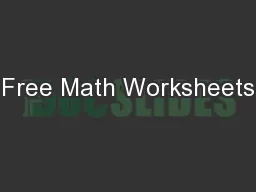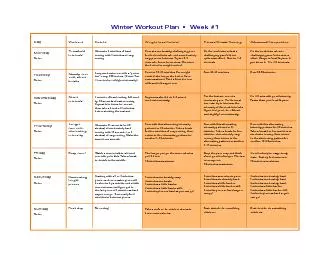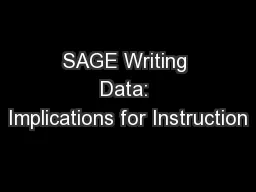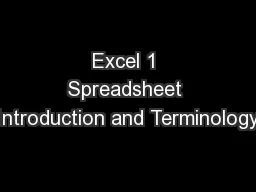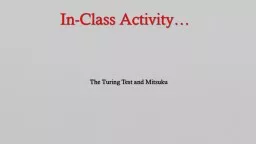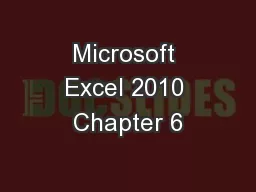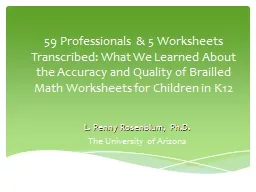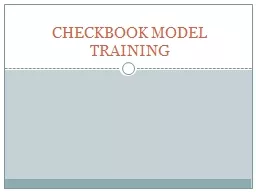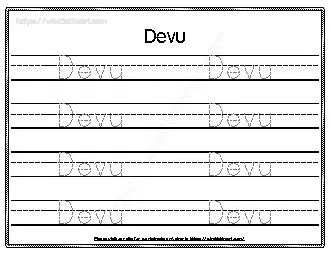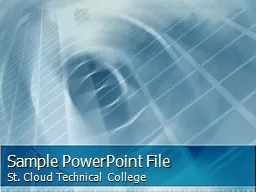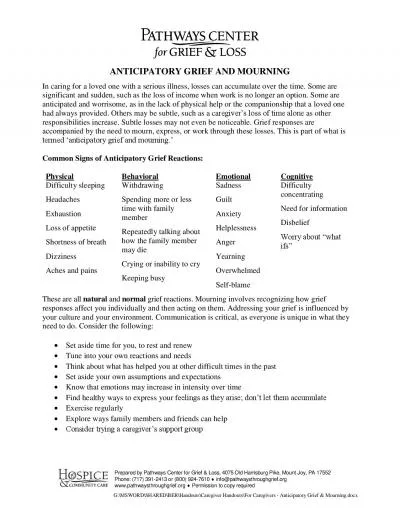PPT-Do Now You need ALL class notes, handouts, worksheets,
Author : calandra-battersby | Published Date : 2018-12-13
etc All bags cell phones to front or side of room DNA Lifes Code DNA gt RNA gt Protein DNA Replication and Protein Synthesis From DNA to Proteins 2 Types of nucleic
Presentation Embed Code
Download Presentation
Download Presentation The PPT/PDF document "Do Now You need ALL class notes, handout..." is the property of its rightful owner. Permission is granted to download and print the materials on this website for personal, non-commercial use only, and to display it on your personal computer provided you do not modify the materials and that you retain all copyright notices contained in the materials. By downloading content from our website, you accept the terms of this agreement.
Do Now You need ALL class notes, handouts, worksheets,: Transcript
Download Rules Of Document
"Do Now You need ALL class notes, handouts, worksheets,"The content belongs to its owner. You may download and print it for personal use, without modification, and keep all copyright notices. By downloading, you agree to these terms.
Related Documents




